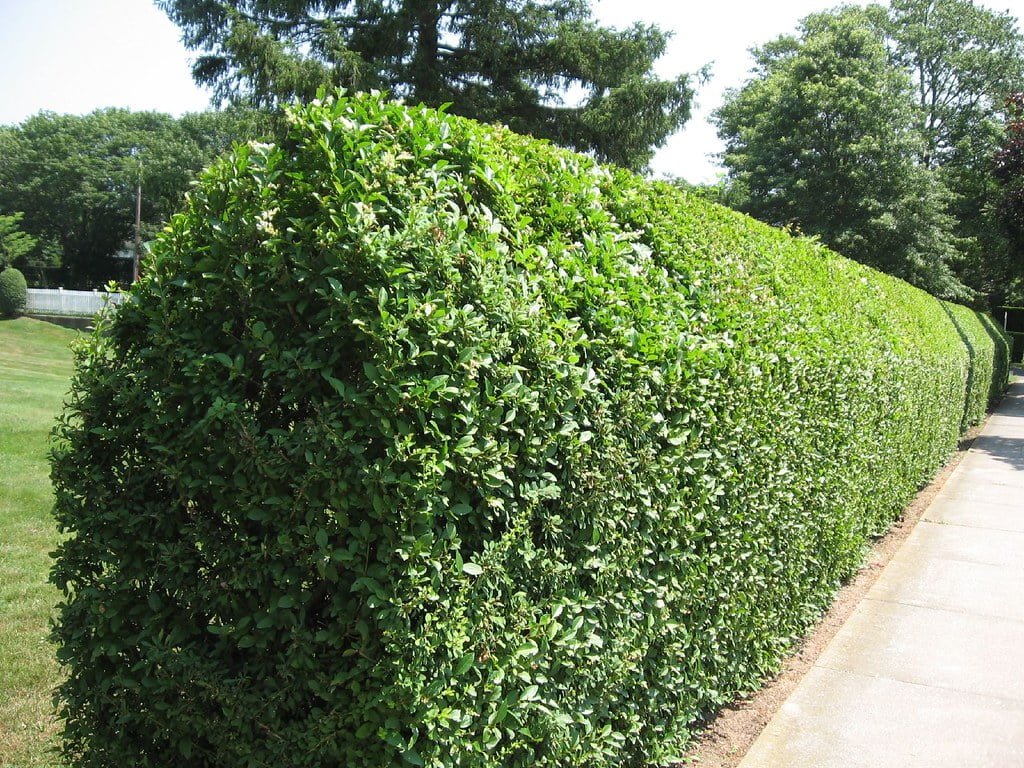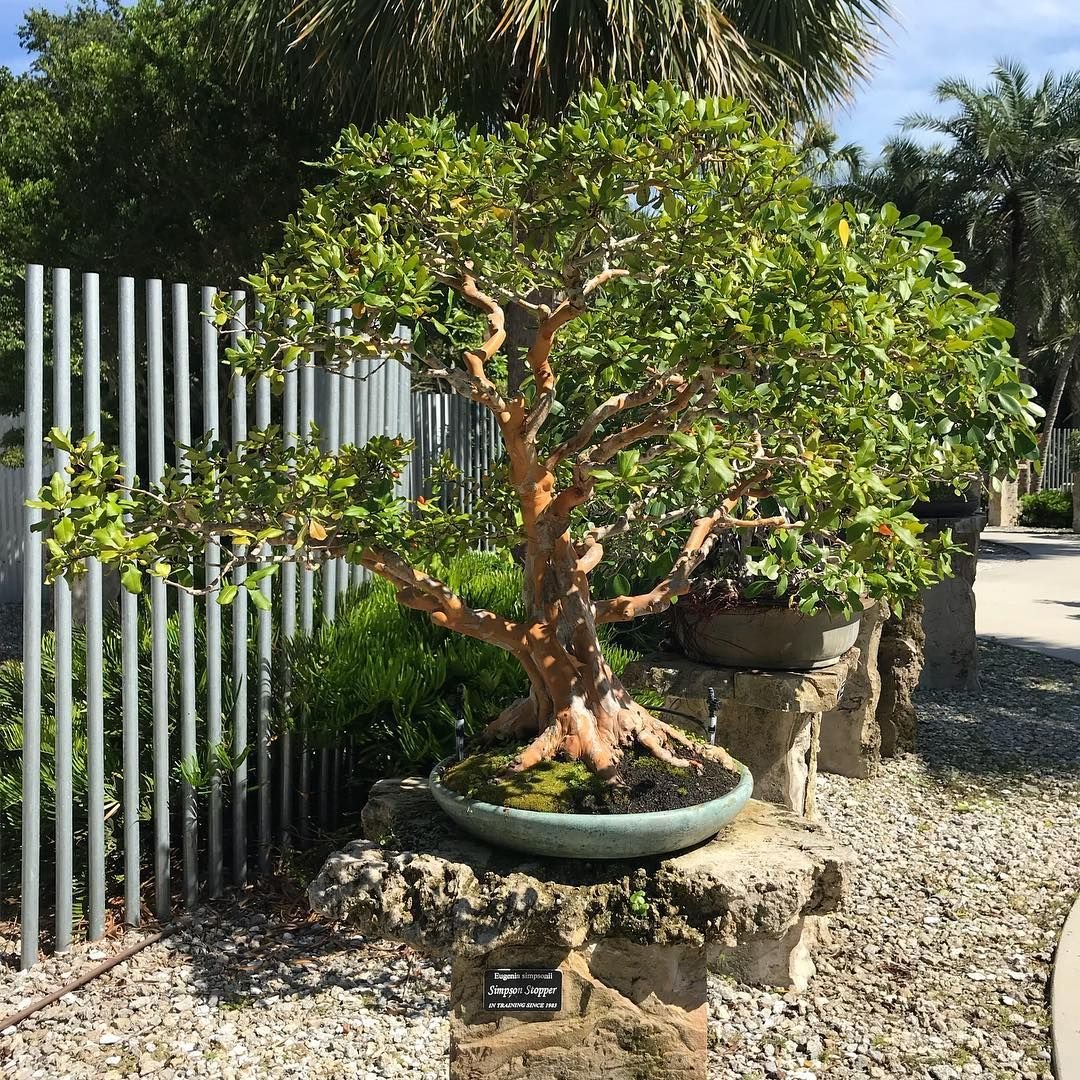NICK’S PICK: CAN’T STOP THE SIMPSON’S STOPPER!
SIMPSON’S STOPPER, Myrcianthes fragrans
A native plant that has launched into stardom over recent years and one of our personal favorites to use in the landscape is Simpson’s Stopper, otherwise botanically referred to as Myrcianthes fragrans. They are a native and regionally appropriate landscaping choice that is adapted to Florida’s climate and needs less fertilizer & water to thrive. This dynamo feeds and shelters our native wildlife, diversifies any landscape and supports a healthier ecosystem. Considered to be a threatened species, planting them in our landscapes can help increase their numbers and ensure their long-term survival.
Image: Naples Botanical Garden
Botanical Background of SIMPSON’S STOPPER:
This plant is characterized as an evergreen shrub or small tree and is a member of the Myrtaceae family, a lineage that also contains commonly recognized plants such as guava, eucalyptus and melaleuca. It was once scientifically called Eugenia simpsonii, this early name was in honor of Charles Torrey Simpson, a self-taught naturalist, botanist, author, and conservationist who called Southeast Florida home in the early 1900’s. It is now known as Simpson’s Stopper (sometimes called twinberry and nakedwood) and is the only species in the Myrcianthes genus found exiguously throughout peninsular Florida along coastal strands in hammocks. The name “stopper” has two possible origins; it was once used as a medicine to treat abdominal issues and its multiple trunks make it difficult to pass through. The bark on this species is smooth yet peeling and is densely branched when growing in full sun. The fragrant flowers occur throughout the year and have four white petals and numerous long white stamens. The leaves are oval shaped and give off a citrus-like aroma when crushed
Wildlife Benefits:
Simpson’s stopper provides numerous benefits for wildlife. Chiefly, it is very attractive to pollinating insects, attracting a variety of butterflies and bees. The fruits are preferred by a number of bird species, including buntings, cardinals, blue jays, and mockingbirds. The dense branching structure of the shrub also provides protection and nesting/roosting opportunities for many birds.
Simpson’s Stopper lends itself nicely to pruning as a hedge
Use of SIMPSON’S STOPPER in the landscape:
Low growing hedge, highly amenable to pruning. Also available in a dwarf variety for smaller landscapes
Upright accent piece. Allow it to grow tall and plant it in the background of a garden or on the corner of your home.
Tall hedge, leave unpruned and use a barrier or screening hedge
Drought tolerant and adaptable to a variety of soil types
Shade tolerant, but should receive at least 3-4 hours of sunlight
Cold tolerant and can be used throughout Florida
Can even be pruned into a specimen plant, check out this amazing example from the Heathcote Botanical Gardens!
Simpson’s Stopper specimen in the James J. Smith Bonsai Collection at the Heathcote Botanical Gardens in Fort Pierce, FL
Have we convinced you that you need one of these incredible, versatile plants in your landscape? We are happy to help, contact us to schedule a consultation today!






